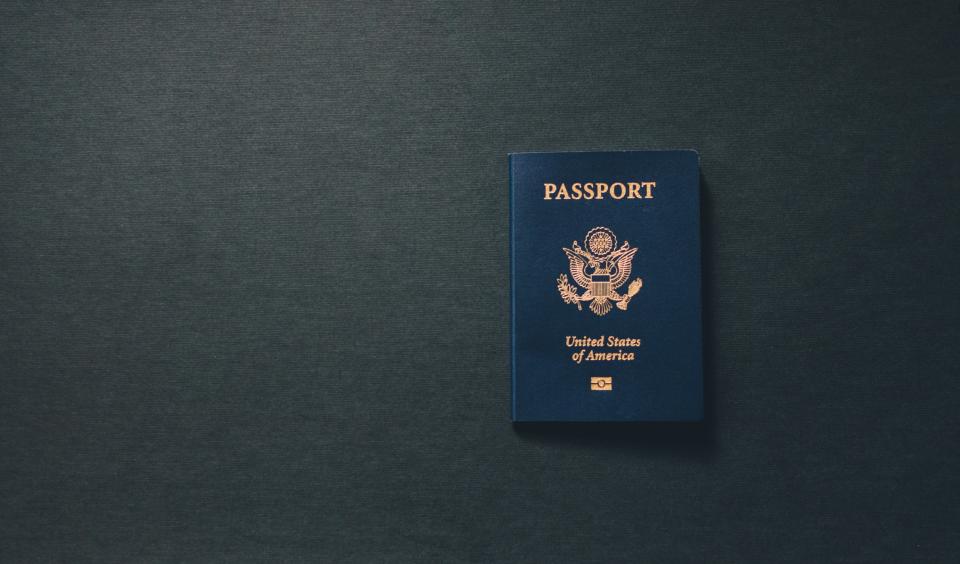Customs and Immigration
They sound intimidating. Trust us, we understand. It's easy to mix up customs and immigration, or even to think they're the same thing. Don't worry, though. We're here to help!
Customs is the name for the section of your port of entry, and the people within it, that keep you from sneaking illegal things into a country.
Immigration is a different section and people that decide whether or not you're allowed to enter the country.
Customs = things. Immigration = people.
Though you often hear "customs and immigration" you usually go through them in the opposite direction...so immigration and customs. Different countries have different rules and regulations about their customs and immigration. So how does it all work?
First Thing's First
Before you land in most countries, the flight attendants will give you an arrival form and a customs declaration form which you'll need to fill out. Be sure to have a pen handy! You'll usually need to include your passport number, flight number, and international address (you can use the international university address if your housing hasn't been assigned yet). This part can be confusing, but take your time, look over the papers, and decide if you need to declare anything. You may even want to ask some people around you on your flight if they know how to do it.
Immigration

Now the plane has landed...
- Once you've exited the plane, you'll probably be able to follow your flight mates to immigration. If not, just keep an eye out for signs that say "Immigration" or "Customs and Immigration".
- After you're there, you'll probably have to stand in a decently long line. You'll need to be in the right line so pay attention to signs that say something like "visitors" or "non-nationals".
- While you're waiting, take your passport out of any protective case you might have gotten for it. Don't use your cell phone or other electronics in the immigration hall. So no SnapChats, texts, or Instagram. If you do, you will run into trouble with security.
- When you're at the front of the line you'll give your passport, arrival form, and maybe your visa (not your credit card but your travel document) to an immigration office. Just so you know, immigration officers usually aren't friendly...they're actually paid to be harsh. They are going to check that you are really you and decide if you should be allowed into the country...so be polite. If they don't grant you entry, they'll put you on the next plane back to the U.S.
- They'll ask you a ton of questions, like "Are you traveling alone?" or "What is the nature of your visit?" or "How long are you staying?"
- If you're enrolled in a university in the country, you may need to show your university acceptance letter.
- If you're on a Faculty-Directed program, make sure to tell them you're visiting the country. Your host country might not consider you as "studying abroad" unless you're enrolling in a university.
- Once everything has been reviewed and if there are no issues, the immigration officer will stamp your passport and you are officially "abroad"!
Customs

First step: complete.
Now that you've made it through immigration, it's time to tackle customs. Make sure if you got a customs declaration form on the plane, that you have it now. If you're bringing in any "restricted" items, include them on your form. If you aren't sure of what you can't bring into your host country, check their government website for any custom or duty (tax) rules before you pack. Things you usually can't bring into other countries are large amounts of cash, food, live animals, and hazardous material.
- Your first step might be to collect your luggage. This depends on your flight itinerary, if this is your last stop, a middle stop, what country you're in versus where you'll end up. Usually there will be someone you can ask when you land, or you might be told when you get your boarding passes at the beginning of your journey. Don't be afraid to ask!
- After this, you'll have to have that customs form handy. You may have to give it to a customs agent, or perhaps you'll go through a kiosk. It can be confusing and overwhelming. If it seems like it's all going too fast around you and you don't know where to go, just step to the side, take a breath, and figure it out. You might see a sign that says "nothing to declare" or "goods to declare," so that could be your indicator.
- The customs agents may or may not randomly (or not so randomly) search your bag. Just do as they ask and chill out. Their jobs are to make sure nothing illegal or unsafe enters their country so it's not you...it just might be your stuff.
- Congrats! You've cleared customs! If you had to get your luggage in step 1, nows the time that you'll drop your bag off for your next flight. Like always, look for the signs!
